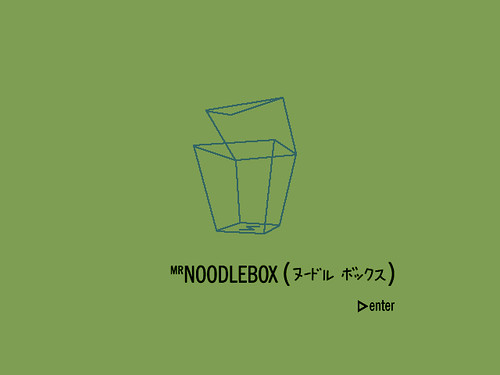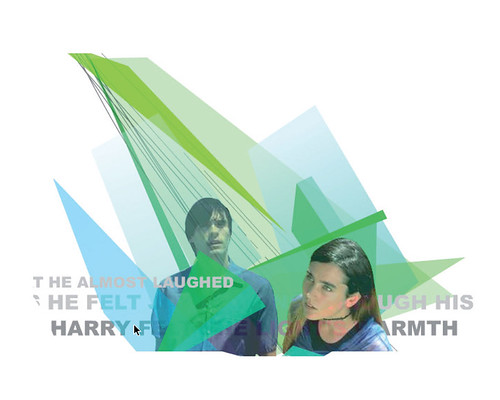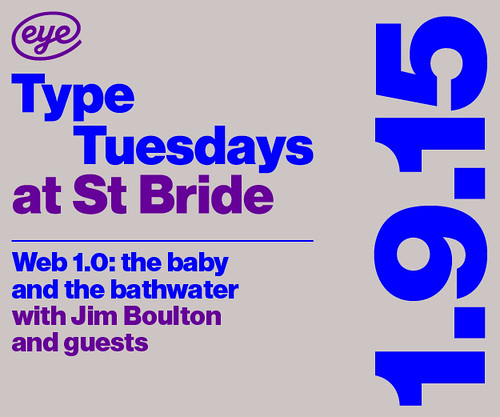Wednesday, 12:00pm
12 August 2015
Type Tuesday: Web 1.0
The first generation of Web designers laid the foundations of the way we now work, play, share, buy, sell and participate in society. Digital archeologist Jim Boulton introduces four of the pioneers on 1 September at St Bride Library

When Tim Berners-Lee launched the first website in August 1991, it ran on the NeXTSTEP operating system. Only those with access to a cutting edge NeXT computer could view it. The Web was far from worldwide, writes Jim Boulton.
This all changed in 1993 when Marc Andreessen and Eric Bina created Mosaic, the world’s first cross-platform graphical browser. Suddenly, the Web was no longer the exclusive domain of well funded research institutions. The first generation of Web designers rapidly emerged, ready to explore and redefine the boundaries of this new media. During a rich period of experimentation, agencies such as Antirom, Deepend and Lateral lay the foundations of the way we now work, play, share, buy, sell and otherwise participate in society.
The release of Macromedia Flash in 1997 was another defining moment. Liberating animators, illustrators and filmmakers in the same way Mosaic had done for the first web designers four years earlier. A second generation of interaction designers appeared. Agencies such as Kioken, North Kingdom and Hi-ReS!, led the way, offering more polished and immersive experiences that recognised the commercial demands of their paymasters but stayed true to the DIY ethos of their predecessors.
New Beetle site by Deepend, 1998.
Top: Antirom, 1995.

Noodlebox. Agency: Playcreate, designed by Daniel Brown, 1997.

In these early years of the Web, when pages were built in HTML and Flash, even a small change to the page meant the entire page had to be reloaded. In 2005, Google launched Google Maps, which behaved more like a software application than a website. Its use of Asynchronous JavaScript and XML (AJAX) created a seamless experience that inspired the next generation of websites. Web 2.0 had arrived.
With Web 2.0 came the Social Web – and the slate was wiped clean, two generations of learning cast aside. Technology moved on, hardware and software became redundant. The groundbreaking work of the digital pioneers disappeared almost as soon as it appeared. With it went the lessons of the past, now only available through the experience of those who were there.
Four of the people who were there are Tom Roope, founding member of Antirom, Laura Jordan Bambach of Deepend and Lateral, and Alexandra Jugovic and Florian Schmitt of Hi-ReS!
All will be sharing their experiences at Eye’s next Type Tuesday.
‘Web 1.0: the baby and the bathwater’ will take place at 7pm on Tuesday 1 September at St Bride Library London. The event will also include a panel discussion with commentator and consultant Nico Macdonald and Dr Richard Barbrook, author of Imaginary Futures: From Thinking Machines to the Global Village.
Tickets are on sale via Eventbrite.
Requiem for a Dream site by Hi-ReS! 2000.


Jim Boulton, digital archeologist, London
Eye is the world’s most beautiful and collectable graphic design journal, published quarterly for professional designers, students and anyone interested in critical, informed writing about graphic design and visual culture. It is available from all good design bookshops and online at the Eye shop, where you can buy subscriptions and single issues.
